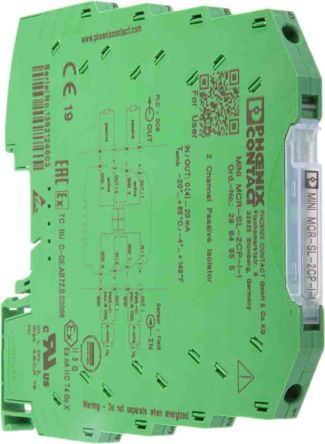

The filters can be made from either active or passive components or a digital algorithm. Signal filtering filters the signal frequency spectrum to only include valid data and blocks any noise. Isolation amplifiers isolate high DC levels from the device while passing small AC or differential signals. Instrumentation amplifiers are used with DC signals and have high input impedance, high gain and common mode rejection ratio. It can be performed by increasing the input signal or by increasing the signal-to-noise ratio. Signal amplification increases the signal for processing and digitization. Linearization results in a more accurate result. Some signals produced by sensors need to be linearized by a signal conditioner because they do not have a straight-line relationship with the physical measurement. The different signals generated by the sensors need to be converted, in order to be usable by the instruments they are connected to. Signal conversion is used by industrial applications that use a wide range of sensors to perform measurements.

Functions of signal conditioners include: conversion, linearization and amplification. Many applications involve measurements from sensors that need signal conditioning before the instrument can accurately and effectively measure the signal. The input signals received from sensors are amplified, filtered and isolated into a more easily read output signal for processing. Signal conditioners are devices that convert one type of electronic input signal into a different type of output signal.


 0 kommentar(er)
0 kommentar(er)
